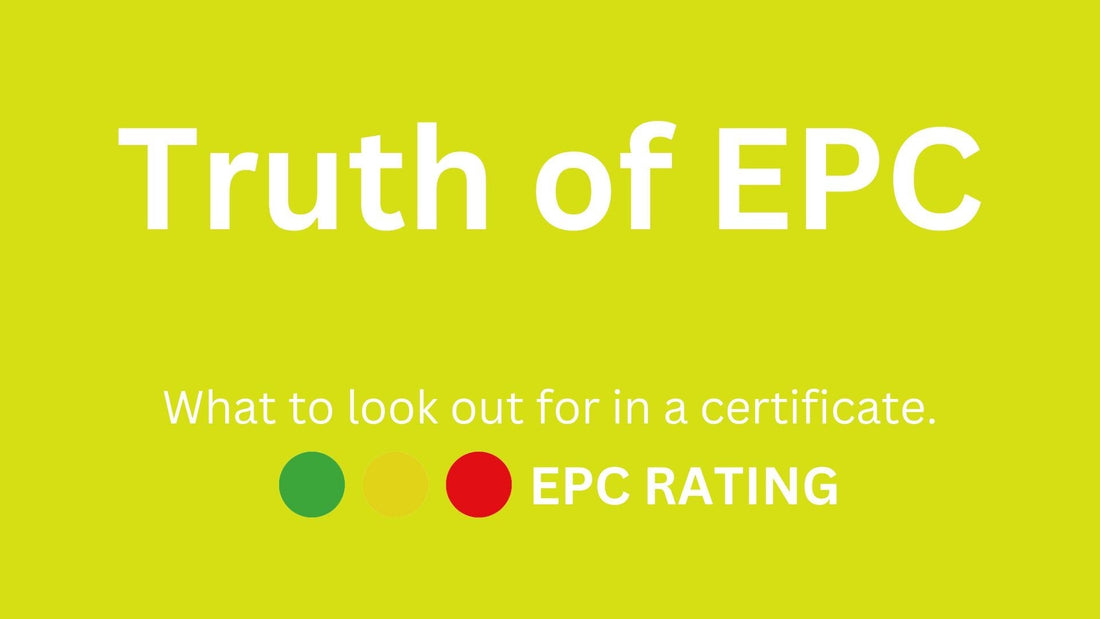
The truth of EPC
Share
While an EPC rating provides a theoretical measure of a property's energy efficiency, it can often not accurately reflect the actual energy consumption in real-world situations, meaning there can be a significant gap between the EPC rating and the reality of how much energy a property uses, due to factors like occupant behavior, building variations, and limitations in the assessment methodology itself; essentially, an EPC rating is a guideline, not a perfect representation of how energy-efficient a property truly is.
Key points about the discrepancy between EPC ratings and reality:
-
Inaccurate estimations:EPC calculations rely on standardized models which may not fully capture the nuances of a specific property, leading to over- or underestimation of energy usage.
Occupancy behavior:
The EPC rating doesn't account for how occupants use the property, like heating and cooling habits, which can significantly impact actual energy consumption
Building variations:Factors like air leakage, poorly insulated areas, and building orientation can affect energy performance more than what is captured in a standard EPC assessment
Limited data:EPC assessments often rely on estimated values (RDSAP) for certain parameters, which can contribute to inaccuracies. -
